A while ago we wrote about the Kickstarter project aimed at bringing the historic Petzval Lens to modern day 35mm DSLRs. Shortly after another Kickstarter was launched to bring this Petzval to the medium format crowd. While off the shelf options such as these can appeal to the masses there remain a few inventive photographers such as Dr. Dirk HR Spennemann who prefer to mix their passion for photography and history with some good old ingenuity to bring us a project simply called "The Antique Camera Simulator".
Dr. Spennemann has created a personal project called "The Antique Camera Simulator" which aims to replicate the capabilities of classic lenses on modern day DSLRs through a clever use of various spacers, reduction rings, and adapters. Since these classic lenses were developed to cover a much larger area than modern day 35mm sensors these varying combinations of rings and spacers are necessary to produce the images. Luckily Dr. Spennemann gives us an overview of all the components used in each of his "FrankenLenses". Starting with a Nikon D800 as the camera of choice for his project he has successfully been able to render images using several historic French and Japanese lenses.
The Hermagis Aplanat No8
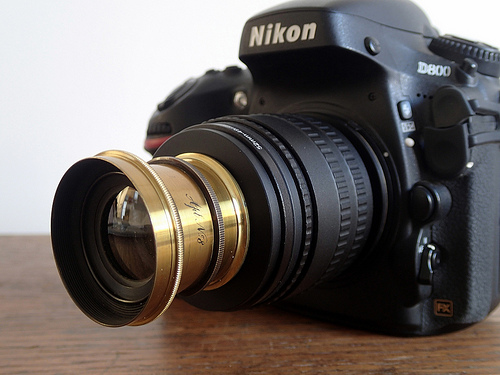

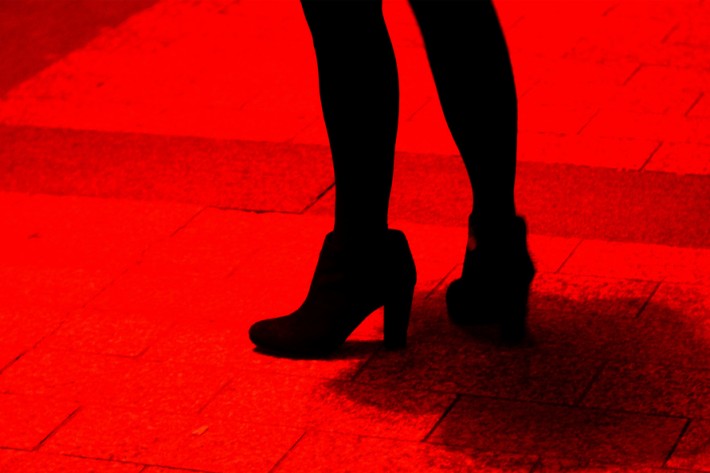
Wide Angle Rectilinear 4 1/4 x 3 1/4


Panoramique A J Pipon
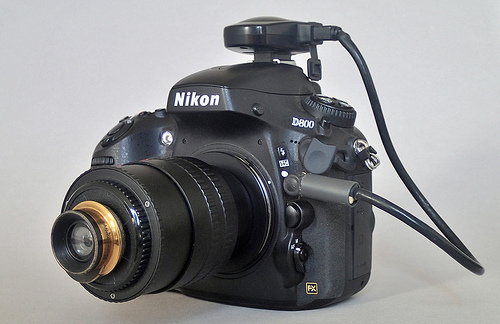

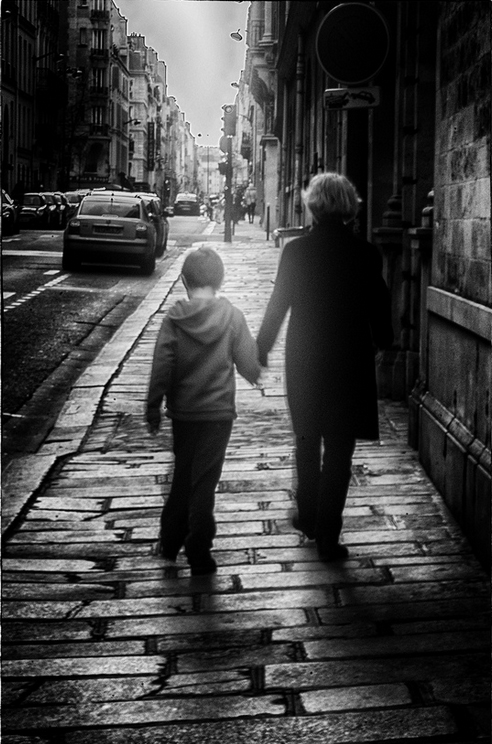
Krauss Tessar 180mm Lens
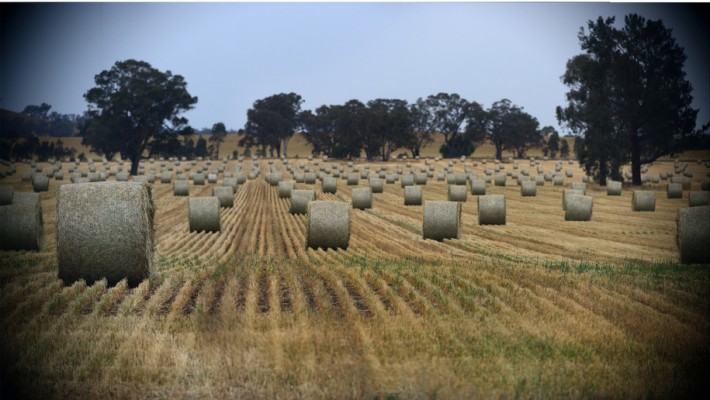
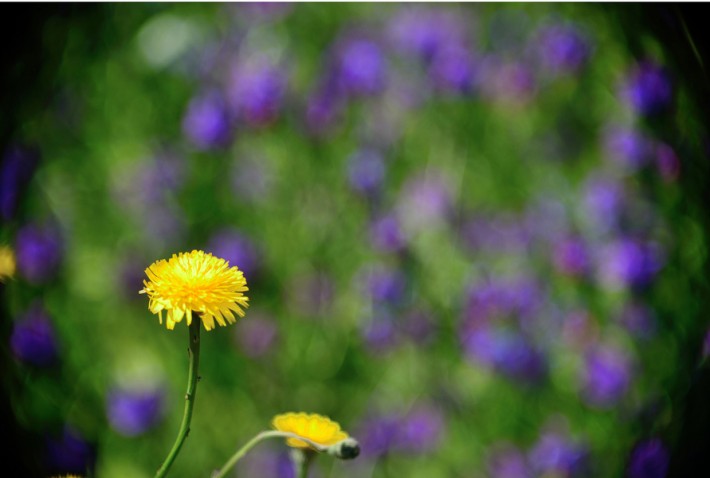
Make sure to visit his website for more images as well as details about the lenses and their respective setups.
[Via Charles Sturt University]

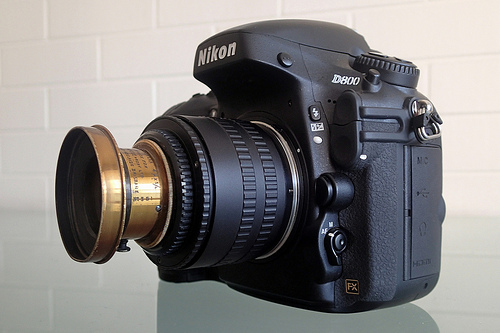







1. why is plural form of "DSLR" used with an apostrophy?
2. why is "then" used for comparison ? sentence beginning with "Since"
3. why haven't you put fresh batteries in your vibrator?
Why don't you get yourself a girlfriend?
or 2
The apostrophe has multiple uses. One of them is to indicate omitted letters (e.g., don't = do not). With an acronym such as DSLR, the apostrophe stands in for the omitted letters "eflex" in Reflex. With the trend toward simplification, writers now append "s" without an apostrophe to indicate the plural of an acronym.
The other commenters who responded sarcastically misperceived your question as "grammar policing". One day, with maturity, they may gain the intelligence and compassion to understand that non-English speaking readers sometimes ask questions to learn about our language.
I don't see a sentence that contains "then". The phrase, "Since these classic lenses were developed to cover a much larger area than modern day 35mm sensors these varying combinations of rings and spacers are necessary to produce the images", could be rewritten as "Because these [...] sensors, DSLRs require varying combinations of rings and spacers to produce the images shown."
Oh wow! Vintage lenses used with modern digital camera instead of real large format wet plate camera.... IS SO ARTISTIC!
Levels of sarcasm over 9000
http://www.youtube.com/watch?v=WrA5REiOglk
IMO these lenses definitvely sucks on a sooooo small FX sensor... what is the interest ?
Its a free world so as far I'm concerned people can do what they want.
But it always puzzles me why people want to use crappy lo-fi lenses on the latest hi rez cameras?
I would say it is about getting the lo-fi aesthetic using the equipment or workflow that works best for the photographer.
That aesthetic may not be to your taste, but tastes vary and not everyone worships at the alter of sharpness.
Then use it with a used D300 or something.. not a D800. It is just stupid. I'm usually open-minded, but this is just..
The D300 has a crop factor though. if you want the effect of the lens you need an FX not a DX body
But what if you are going to make large prints or, heaven forbid, you spent all your money buying a D800 and don't own a D300.
Seriously, judging other people's equipment and whether or not they use it "correctly" is the stuff of beginners, low amateurs, and students who are trying to show off.
So someone with a D800 should buy a D300 to use the lenses?
Isn't it a commercial project, advertising over kickstarter? All I'm saying is that there is a huge mis-match between what the camera can do and what this guy is doing with the lens.
You can do large prints with a lesser camera, especially considering how smudgy these shots are.
I reserve my right to criticize, I can't write positively about something I don't like. I generally provide constructive criticism, but wasn't bothered this time.
mechancal_eye/
Point.
As an experiment, this is an interesting thing. As an artistic tool, it is astounding. Like it or not we have a visual vocabulary, and included in that vocabulary is the artifacts of old fashioned photography. Seeing a photo that has the look of something much older (whether it looks like it was taken with an antique lens or appears to be Kodachrome) influences how we see that photo. It tells us something different.
People who are confused by how this could be used, or why you would do this, suffer from a severe lack of imagination. An older aesthetic in a modern workflow... I can think of quite a few instances where that could be useful.
I'm just arguing that you don't need a D800 for same result.
It's a great idea. Best of luck to Dr. Spennemann with his project.
On a side note, I've often wondered if photographers would ever be interested in broad and comprehensive digital simulations of various classic and modern lenses. Guitar players have access to amplifier and effects simulations through products like Line6 and Fractal Audio. I've often wondered if photographers could ever make use of a similar simulation device.
VSCO is already doing this with their film presets for lightroom and iPhone.
To be honest I really enjoy more the "Palecwnosie CameraWorks" from Poland - You can see it here: https://www.facebook.com/PalecwnosieCameraWorks
Still trying to figure out what makes these pics look any different? There is no "vintage lens" look. It can be softer or maybe some other non-sharp attrivbute. But hell... with the popularity of instagram, its hard to tell whats originally a crappy picture and what was made to look like one. I recently shot with a 40 year old lens on a 40 year old camera and the stuff looks as good as todays cameras.
I agree, why would I want a crap lens? the only reason I can think is the bokeh. look at the last photo with the flowers, you simply can't achieve a unique looking bokeh with a modern lens. but that's about it.
I think that if you have a look at the original web link. you'll find that the guy who does plays with these lenses is looking for qualities like that